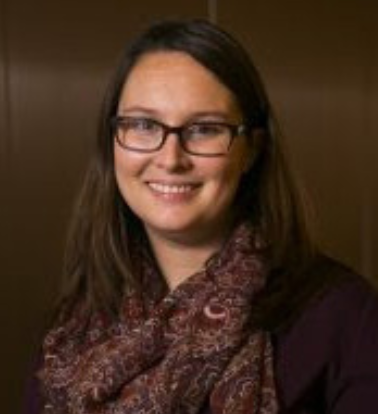About the Authors
 Katherina A. Payne is an Assistant Professor of Social Studies Education at The University of Texas at Austin. Her research considers the intersections of civic education, elementary/early childhood schooling, and teacher education and examines the role of relationships, community, and justice to transform classrooms into child-centered, democratic, more equitable spaces. She has conducted qualitative research in urban schools with teachers and children in grades pre-K through 5th grade. Dr. Payne has published in a range of publications including Teachers College Record, Teaching and Teacher Education, Social Studies and the Young Learner, and Young Children.
Katherina A. Payne is an Assistant Professor of Social Studies Education at The University of Texas at Austin. Her research considers the intersections of civic education, elementary/early childhood schooling, and teacher education and examines the role of relationships, community, and justice to transform classrooms into child-centered, democratic, more equitable spaces. She has conducted qualitative research in urban schools with teachers and children in grades pre-K through 5th grade. Dr. Payne has published in a range of publications including Teachers College Record, Teaching and Teacher Education, Social Studies and the Young Learner, and Young Children.

